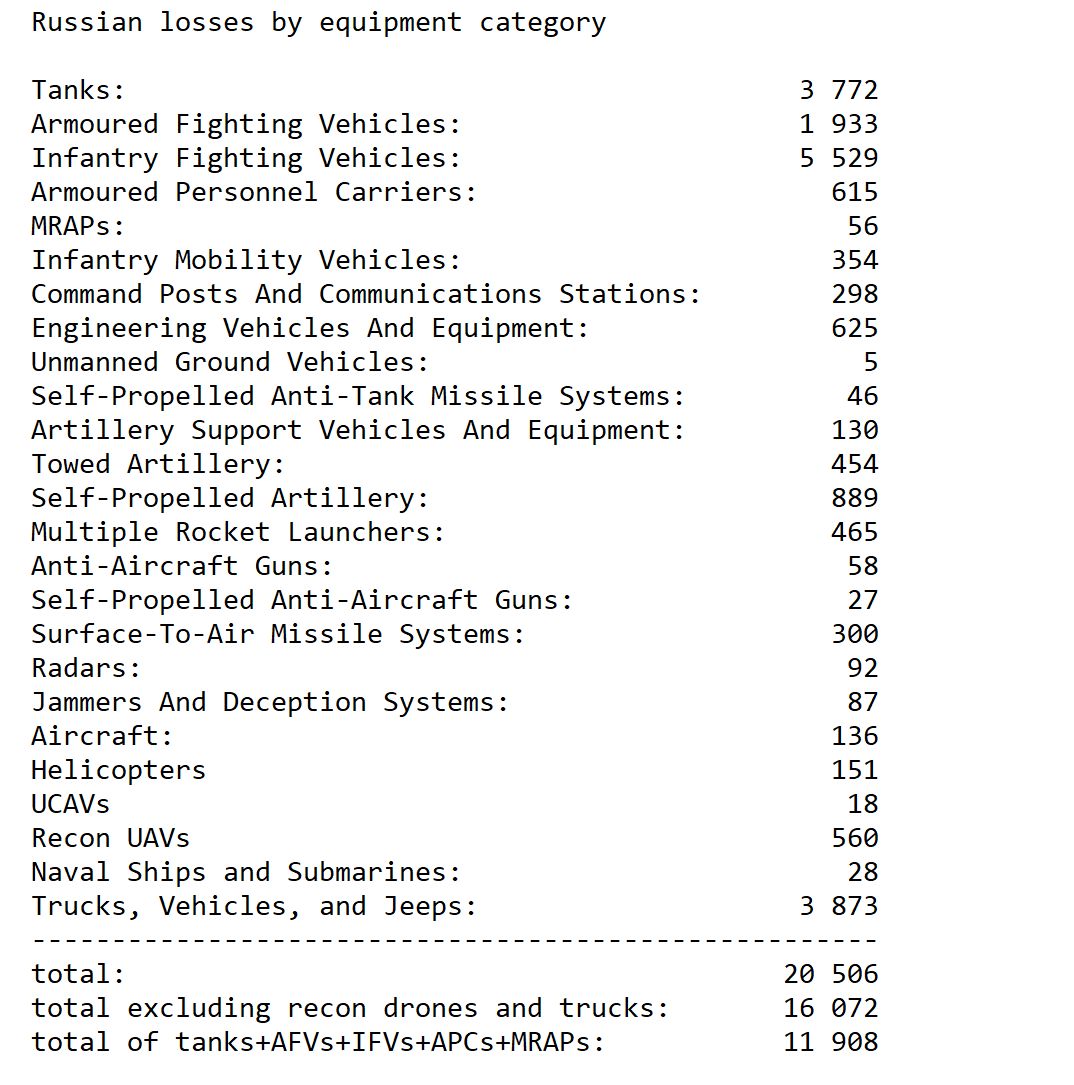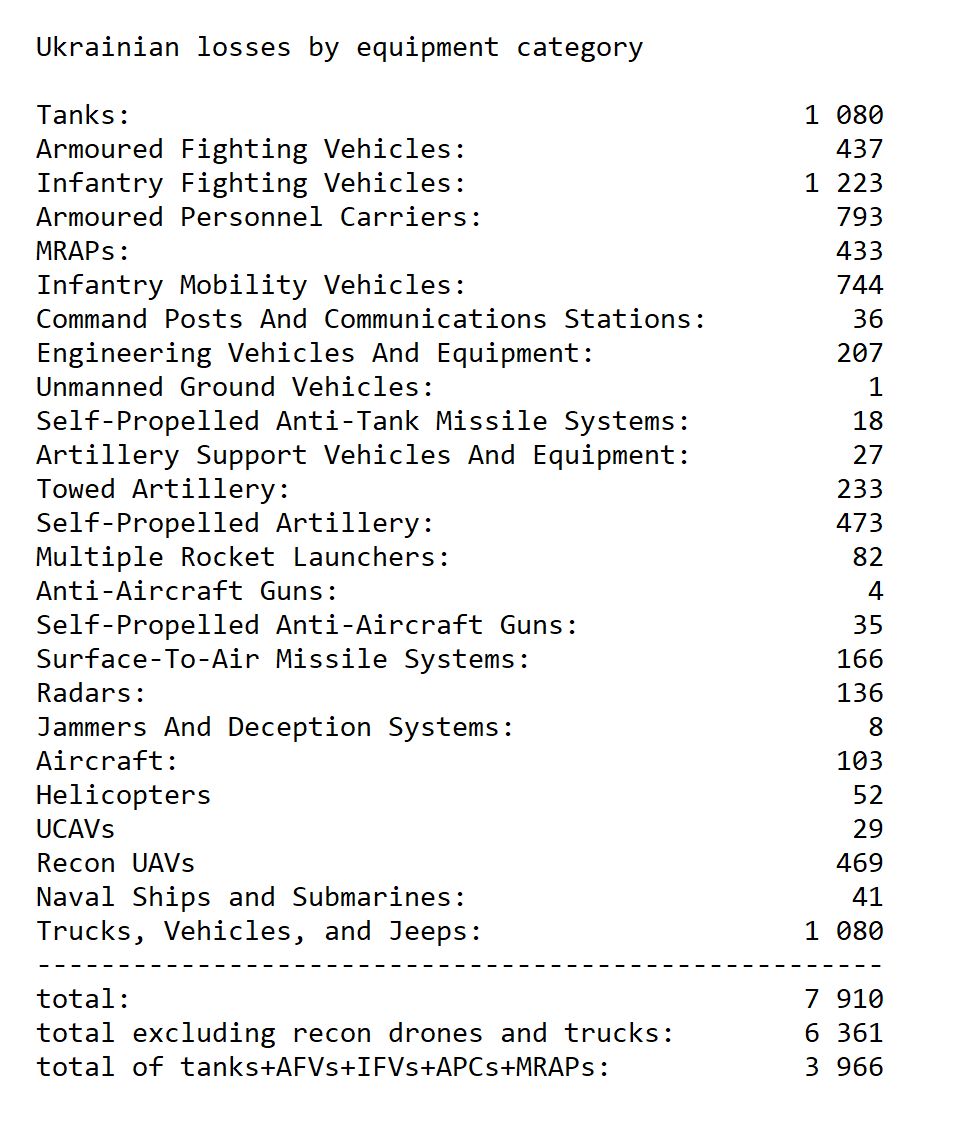My analysis of Afrin Liberation Forces footage of a series of ATGM attacks against Turkish/Turkish backed militia positions around Jindires (Afrin region - N. Aleppo).
It shows a 7 Metis-pattern ATGMs fired in quick succession.
The Assads regime is known to be the main supplier of ATGMs (mostly 9M113 Konkurs) to the ALF in the past, with the only realistic alternative being small purchases of various ATGMs from corrupt pro-Turkey rebel groups.
The Assads regime is known to be the main supplier of ATGMs (mostly 9M113 Konkurs) to the ALF in the past, with the only realistic alternative being small purchases of various ATGMs from corrupt pro-Turkey rebel groups.
The number of ATGMs used in this attack indicates that ALF recently received a new substantial shipment of Metis-pattern ATGM from the regime.
What seems to be more interesting is that based on the observed time-of-flight (up to 12 seconds) ATGMs used appear to be 9K115-2 Metis-M1 which entered the service in the Russian Army only relatively recently (March 2016) - previous versions of Metis have shorter time-of-flight.
So, it appears that the Assad regime has been supplied with 9K115-2 Metis-M1 ATGMs by Russia and in turn, they (likely with the knowledge/approval of Russia) have supplied the ALF with these modern ATGMs so they can be used against Turkish forces and their proxy forces in Afrin.
The question now is whether Turkey will decide to retaliate (especially if these ATGM attacks escalate) and if so whether it will be by further arming rebel groups in Idlib, or by more direct action(s) against the Assad regime.
h/t @Kyruer @CalibreObscura for the footage.
• • •
Missing some Tweet in this thread? You can try to
force a refresh













